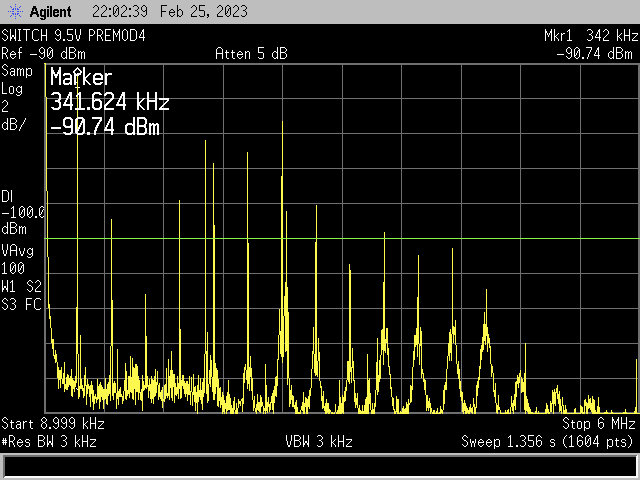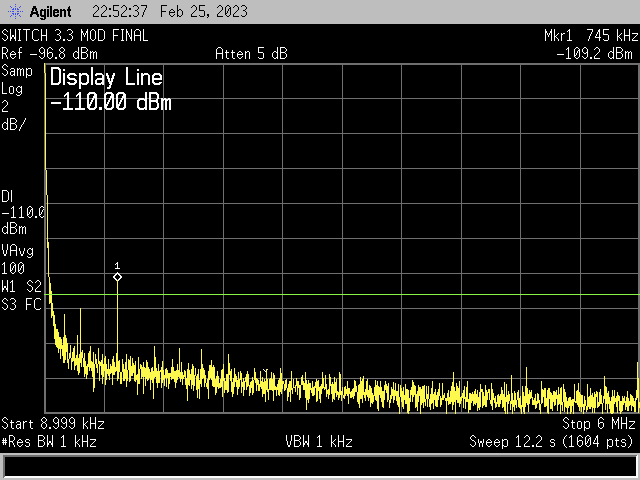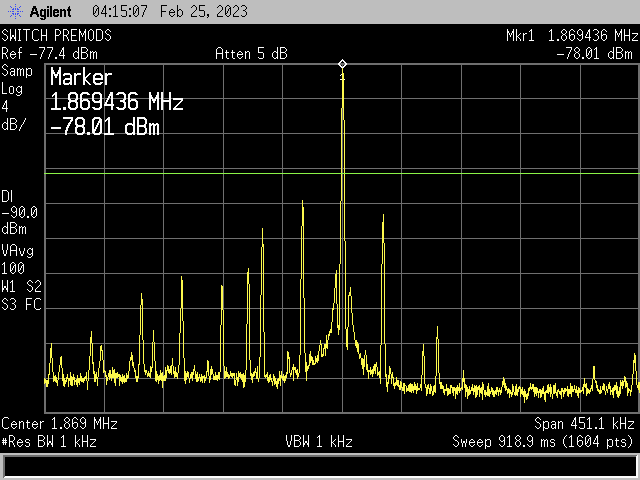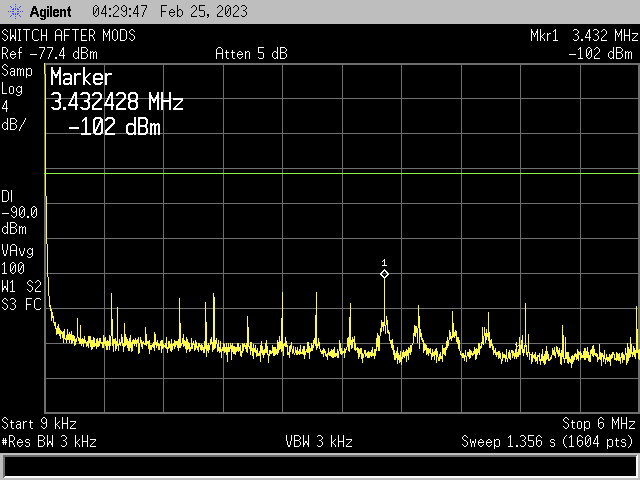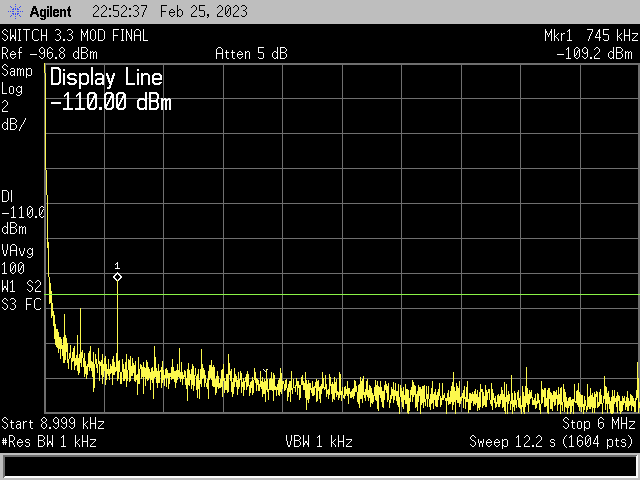Chris, very interesting talk on noise.
Your using caps on the board to filter smps noise. What is your understanding of Ground Boxes? Are they able to "Damp" this type of noise and pull it out of a system? Or are they doing something else?
Is this noise a vibration, or something else.
Why about an earth ground. If you have a very short, strait, unbroken connection of equipment neutral/ground to earth, will some noise be damped?
RF noise is radio frequency. Its electromagnetic. Think of a bar magnet. That magnetic field that moves a compass is the force involved. BUT. Its flipping the N and S back and forth thousands ( khz ), millions ( Mhz ), or even billions ( Ghz ) of times a second. Its a very fast spinning magnet

This very fast magnetic field alternating back and forth millions of times a second can transmit radio, TV, satillite, cable tv, blutooth, wifi, and NOISE.. A wall wart SMPS generates these fields with TONS of **** and this gets transmitted thru the air and also travels down wires and even on cases.. RF in the air becomes really hard to block in audio gear because the wires pick it up acting like antennas and power supply cords and cases all also acting to pass it along.
This spinning bar magnet idea also means the faster its spinning the shorter the "wavelength". The higher the frequency, the shorter its wavelenght is. If you could stop time you would see the lower frequencies are longer in the air or on the case. The high frequencies are very short.
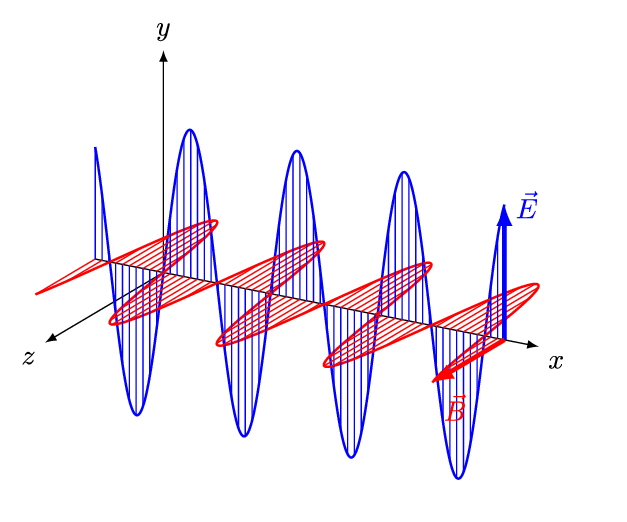
SO.. A grounding block, and grounding systems, very how effective they are by the frequency. The lower frequencies are long and get to the blocks and grounding system and can be suppressed. The higher freqs tho, they are so short by the time they get to the block they are less suppressed. Also there is resonance. It turns out that a wave has a specific speed in a wire or on a piece of metal. To be a effective "transmission line" your wire should be a multiple of the frequency. SO a grounding system wont always be perfect for all frequencies. BUT you can get close and these can be effective for sure on the lower freq stuff which affects audio the most. For example, a grounding system will have no affect on 2.4 Ghz but be near total absorption at 20Khz.
Earth ground. Hmmmmmmmm.... Hahaha.. Well.. Alignment with cosmic forces might be good

I am always serious about insanity levels of real earth grounding. I did a system that has 14 40' deep chemical ground rods in a star pattern over a huge lot just for them. Insanity low impedance.. Why ? hmmmm... Technically I am unsure.. BUT why not. It does have a serious affect on ELF/VLF frequencies and so the room sits in a area that is very RF dead right into the super low freq band of RF. I donno, it aligns the audio with cosmic forces, hahaha.. I never hooked and unhooked it from the Torus system to see if I could hear it, I should..











